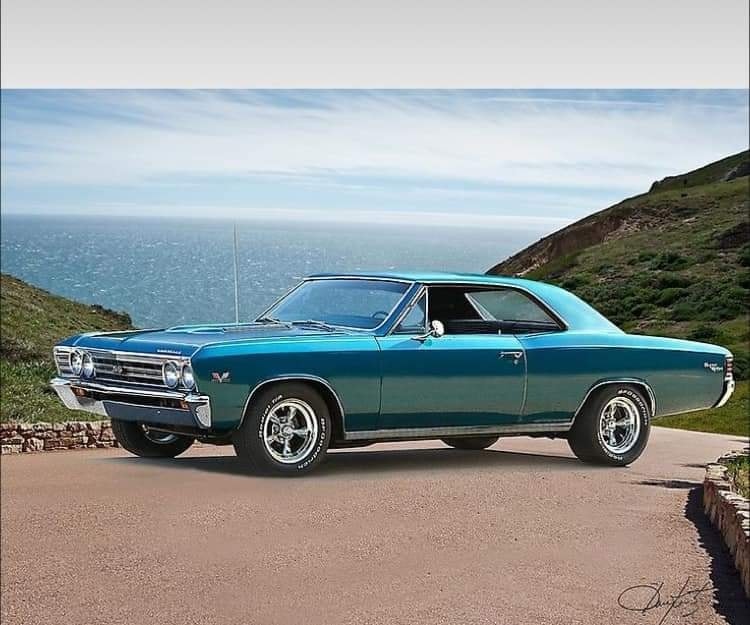After getting our 413 big-block dyno tested, we rushed it back to the shop for installation in our ’67 Chevelle SS396 project car so we could establish all our baselines before we start modifying it.
After dropping in the Rat and hooking everything back up, we made the usual post installation adjustments, then strapped the car down on the dyno to see what we had after all those ponies went through our factory torque converter and equally stock but-not-original-to-the-car Powerglide transmission. After two runs we had to shut down because of a puddle of ATF spreading under the A-body, but managed a full pull that showed 282 hp and 304 lb-ft of torque. Here’s how the chassis dyno numbers compared to our engine dyno numbers:

Engine DynoChassis DynoRPMHPTorqueHPTorque
We were down about 130 horsepower, and about 150 lb-ft of torque. This fell in line with similar drivetrain losses we’d seen in previous dyno testing using vintage cars and old-school transmissions (see our February ’10 issue, where we tested an LS6 Chevelle, a COPO Camaro, and a ’57 Bel Air with a 283). Because the engine was only spinning an alternator and non-clutch fan on the front end, most of the parasitic loss was coming from the Powerglide and torque converter. The next question was, what would this translate to at the track?
First we had to fix our transmission leak. Looking underneath the car, it seemed our trans pan had lost interest in doing a good job of sealing things. A quick call to National Parts Depot got us a brand new, stock sump pan, and a quick trip to Napa got us a fresh pan gasket. Drain fluid, change pan, dump fluid back in, good to go. Or so we thought. A quick test drive and we still had a puddle underneath the car. ARGH!
Back on the four-post lift, one of us sat in the car with the engine running while another was underneath with a flashlight looking for the source of our ATF loss. Whenever someone yells “Shut it off! You gotta come down and see this!” the sight you’ll soon behold won’t be pleasant. And it wasn’t.
As you’ll see, our Powerglide case had split from the passenger side all the way to the driver’s side in the area of the reverse piston. As our friend Scott Miller at TCI responded when we sent him a picture, “Ouch! And it can’t really be welded in that area. That’s where the reverse piston is and it would melt the lip seals unless it was disassembled. We usually scrap cases that are busted there.”
We were just thankful this all happened on the chassis dyno and didn’t turn disastrous. If the case had fully split while on the track, ATF would’ve sprayed onto the hot exhaust pipes and burn the car to the ground—if fluid hitting the rear tires first didn’t send us careening into a retaining wall.
So, no drag testing with the Powerglide, unfortunately. The next step? While we were on the phone with Scott, we got everything ordered up to replace our broken Powerglide with the brand new TCI 4L80E transmission we built for the AMD Chevelle in the August 2013 issue. Look for that install next month. Then we’re off to the strip!

SEE ALL 10 PHOTOS

SEE ALL 10 PHOTOS

SEE ALL 10 PHOTOS

